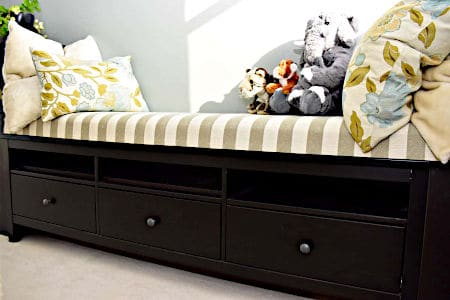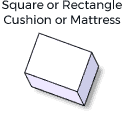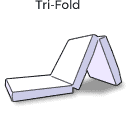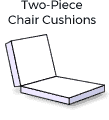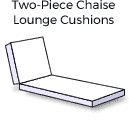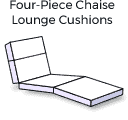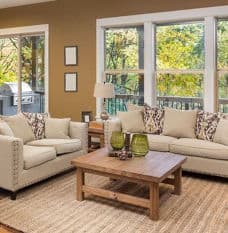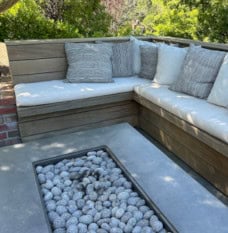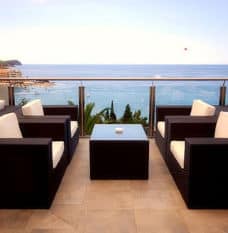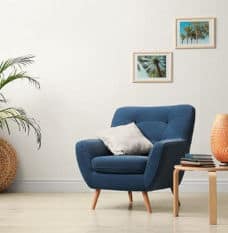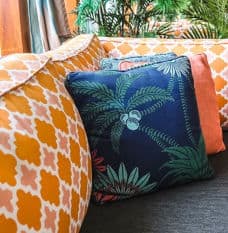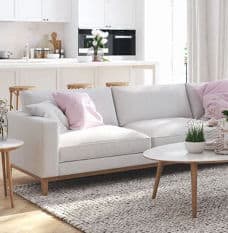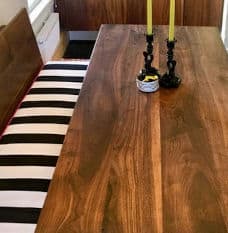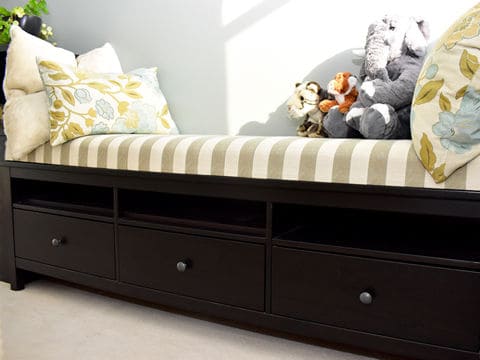Adding a cushion to an indoor bench seating area can make a huge difference to how comfortable the seating is. If your bench cushion is a window seat, adding 2–3 inches of foam with a dacron wrap and a nice, durable fabric cover can make it a relaxing and comfortable reading nook or sitting area. We also recommend adding a few throw pillows that can be used behind your back or under your head for additional comfort. Contrasting the seat fabric pattern with solid pillows in matching colors (or vice-versa, with a solid seating cushion and patterned pillows) can provide a great look. If your bench seating is in a dining area, the suggestion of 2–3 inches of foam still applies, but we’d recommend a durable, stain-resistant, easy to clean fabric cover (like Sunbrella®). If you still need help with design or materials, don’t hesitate to contact our friendly experts in customer service!

